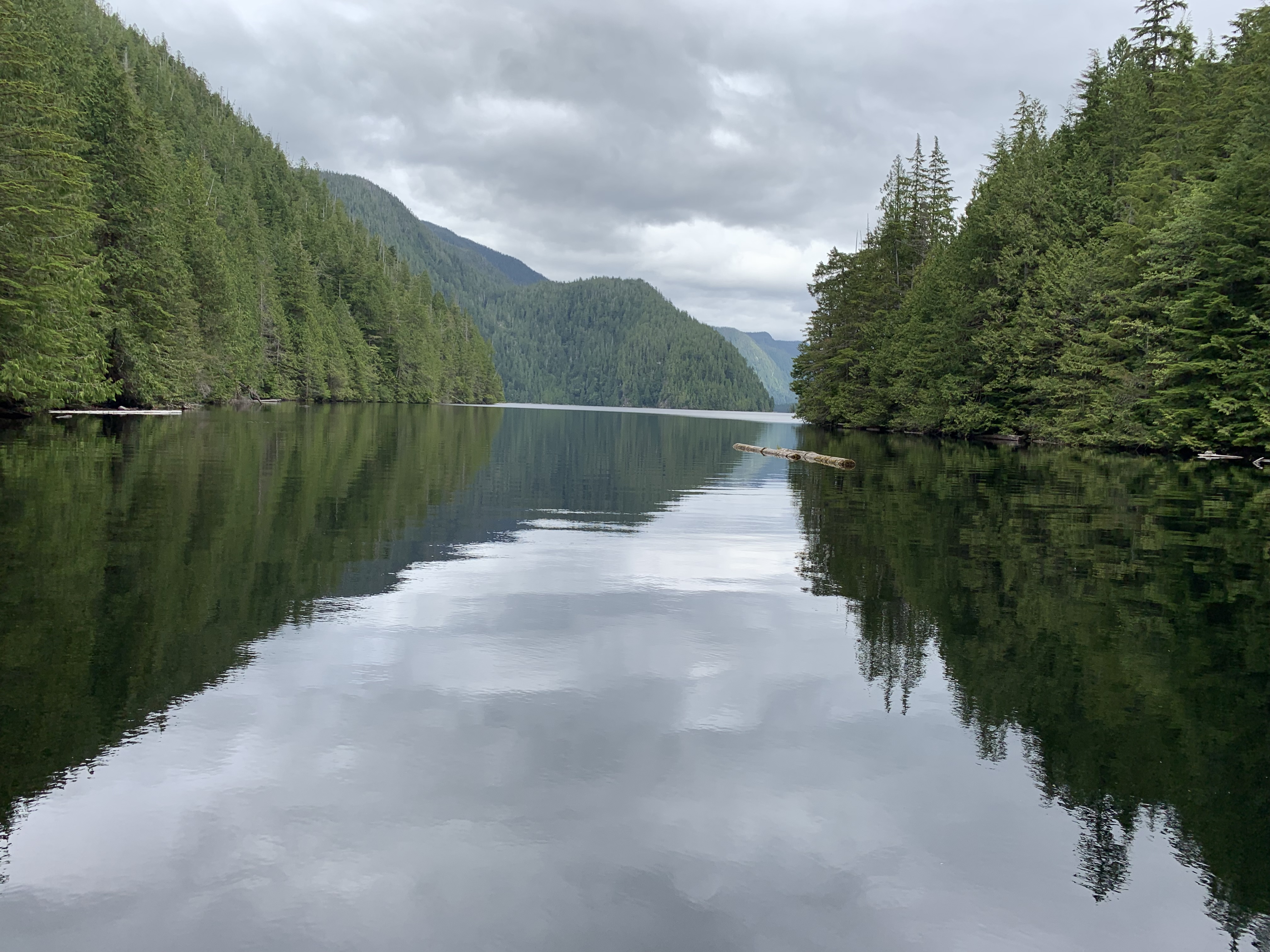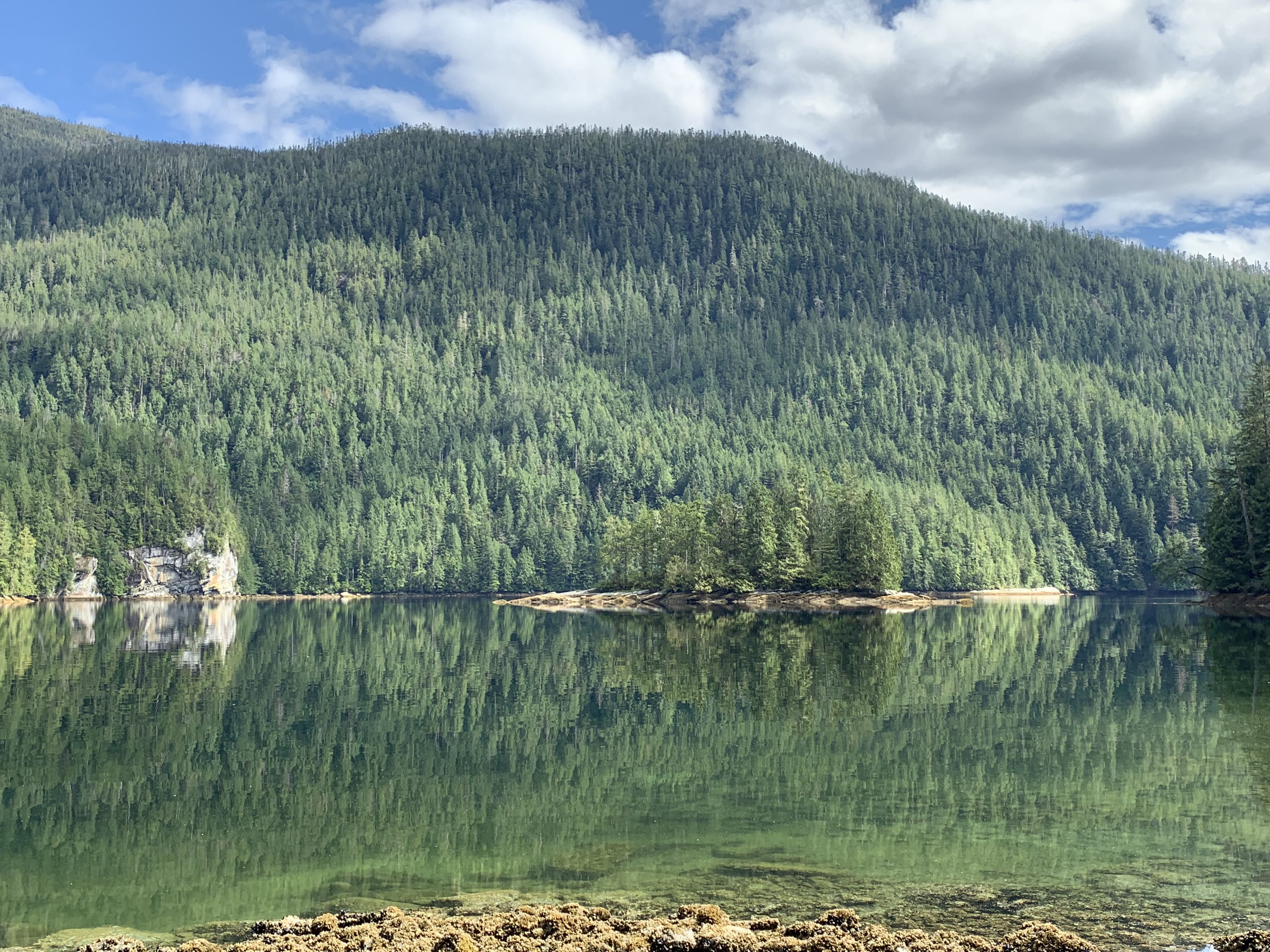
It’s been said that the thousands of kilometers of dry stone walls found in the United Kingdom and Ireland might be considered the Eighth Wonder of the World because of the unimaginable amount of human labor put into constructing them. If you’ve ever stood at the bottom of

It’s been said that the thousands of kilometers of dry stone walls found in the United Kingdom and Ireland might be considered the Eighth Wonder of the World because of the unimaginable amount of human labor put into constructing them.
If you’ve ever stood at the bottom of a Fell and gazed at a five foot high wall running straight up a slope that you’d find difficult to climb, you will appreciate the accomplishment.
But that’s not what I want to talk about.
Human accomplishment in building things created the original seven (or eight) Wonders. I’d like to suggest that human accomplishment in another form might qualify as the Ninth Wonder.
Have a look at these photos.


A lot of trees, yes? And this is only the tiniest sliver of all of the trees on all of the hills and mountains in the Broughtons. An unfathomable number of trees on an uncountable number of slopes.
Virtually none of the trees you see in any of my photos were here 150 years ago.
Were there no forests in the old days? Of course. But they were entirely different forests. Every tree, one by one, was cut and hauled away.
Think of the labor that represents.
People today see logging as a massive industrial activity, and I suppose it is. But a century ago, logging meant one man, his tools, and the strength of his muscle and mind.
At first it was the hand logger. A man would be allotted a parcel of land. Not to own, but to log. It was his responsibility to cut the trees and get them to market.
Imagine arriving at your parcel, perhaps by rowboat from Vancouver Island. First, you have to build a place to live, it’s cold and wet here. But before you can. You have to clear a place for your cabin. Then you must fell the trees to build the cabin and cut them into suitable sizes. And of course you need cedar for shingles.
Once you have shelter, you can start climbing the hills, planning a way to get the fallen trees to the water, and clearing a path for them to follow. Finally, you begin felling huge old growth. Singlehandedly.
When you have a boom of logs ready to sell, you have to get them to market. In the early days, this may have been another job for the rowboat. Imagine.
Then you go back and do it all again.